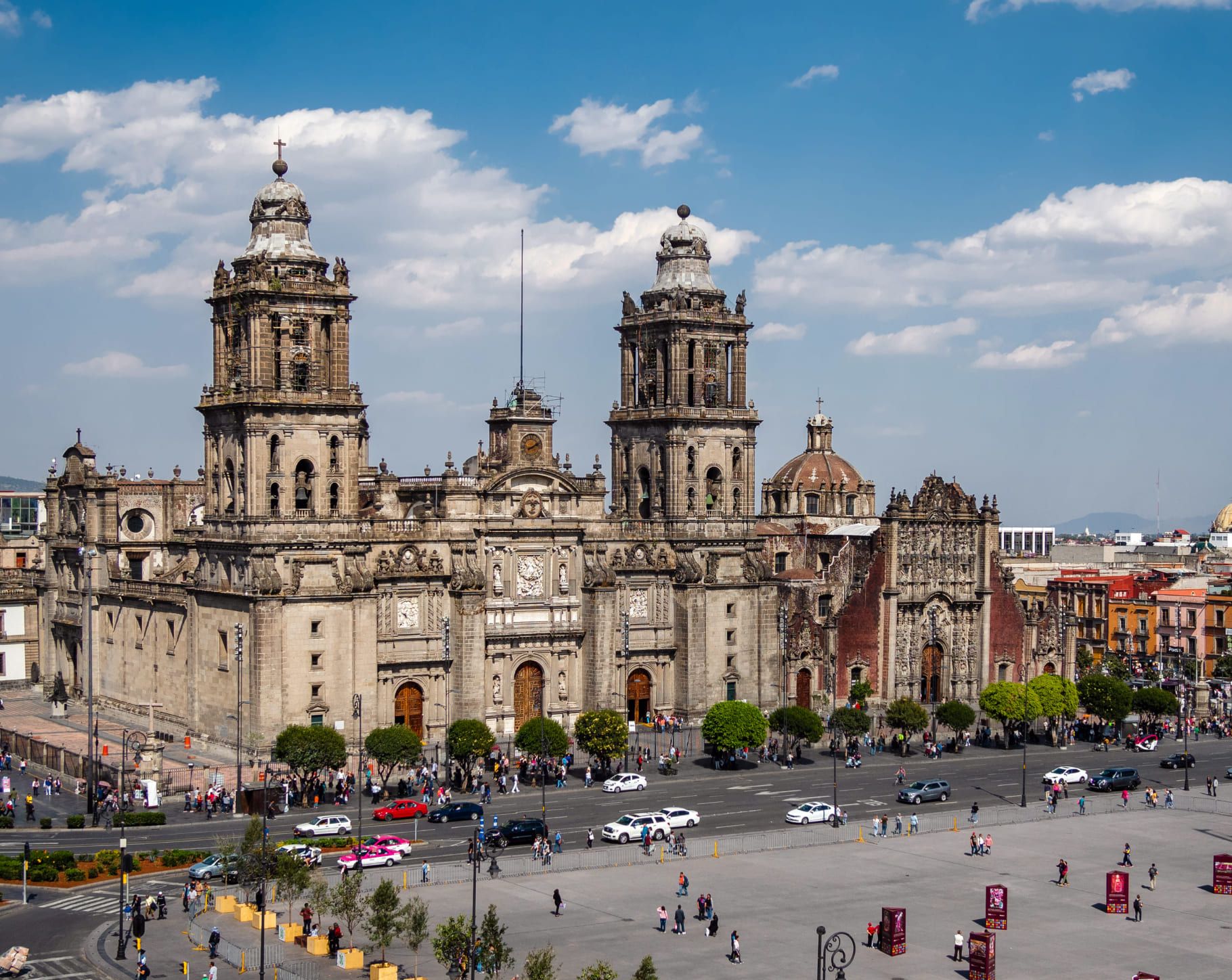
X-ray of the real estate market 2023 and perspectives 2024 (Mexico)
Inisghts & Publications
Jan 22, 2024

In her participation in the virtual talk "X-ray of the real estate market 2023 and perspectives 2024" , Marisol Becerra, Director of Consulting at Tinsa Mexico, gave a recap of the real estate sector outlook in 2023:
- It is estimated that there is a demand for more than 450,000 homes per year, of which 270,000 are new and 202,000 are used.
- According to official figures from Infonavit, Fovisste, and banks, 311,000 loans have been issued by September 2023, representing a 3.5% annual decline.
- Regarding the agencies, commercial banks have played a more important role in housing placement, as follows: Infonavit (67%), banks (25%) and Fovissste (8%).
- More than 50% of the loans are generated in Mexico City, Jalisco, Nuevo León, the State of Mexico, and Querétaro.
- National delinquency rates remain at 5.1%.
- Regarding banks, all have attractive products, including sustainable green mortgages, but those that have granted the largest volume are BBVA, Santander, and Banorte.
- One thing that changed was the configuration of the segments, with the largest growth being the Medium and Residential segments. The Medium segment (housing between $1.1 and $2.4 million pesos) increased from 20.5% in 2015 to 23.9% in 2023, and the Residential segment (housing between $2.4 and $4.7 million pesos) increased from 7.6% in 2015 to 15.5% in 2023.
- Between 2015 and 2022, the residential market in Mexico contracted by 21%, with new home sales, in particular, decreasing by 33% and mortgage lending by 33%.
- The market size in Mexico City is nearly 2,000 registered units per month. Mexico City has the highest average price for financed homes for sale, followed by Querétaro. In Mexico City, after a long period of very static prices (19-22), new supply, above all, is driving the increase in values per m2.
- The dynamism of the industrial market has impacted housing values in Coahuila and Nuevo León.
- The tourist attraction of some states is also driving demand, and with it, added value. Quintana Roo, and especially the Riviera Maya and Tulum areas, despite the constant increase in supply, maintain good rates of absorption and increased sales values.
- Among the threats seen this year are inflation, lower disposable income and spending power, rising rates, and higher prices due to construction and financing costs.
Regarding trends, she commented that one of the main opportunities for solid growth in the real estate industry in Mexico lies in nearshoring, since "the relocation of companies that have arrived in Mexico generates significant opportunities for the entire real estate ecosystem. Today, we have statistics showing that more than 500 companies have established themselves in the country, driving demand for industrial space. But let's remember that housing follows employment, so once these industrial and labor hubs are triggered, all residential development and the industry in general are impacted." "This phenomenon has already boosted industrial markets like Monterrey, Tijuana, Guanajuato, and Guadalajara, as well as emerging markets like Mérida, Toluca, Saltillo, and Juárez," she added.

